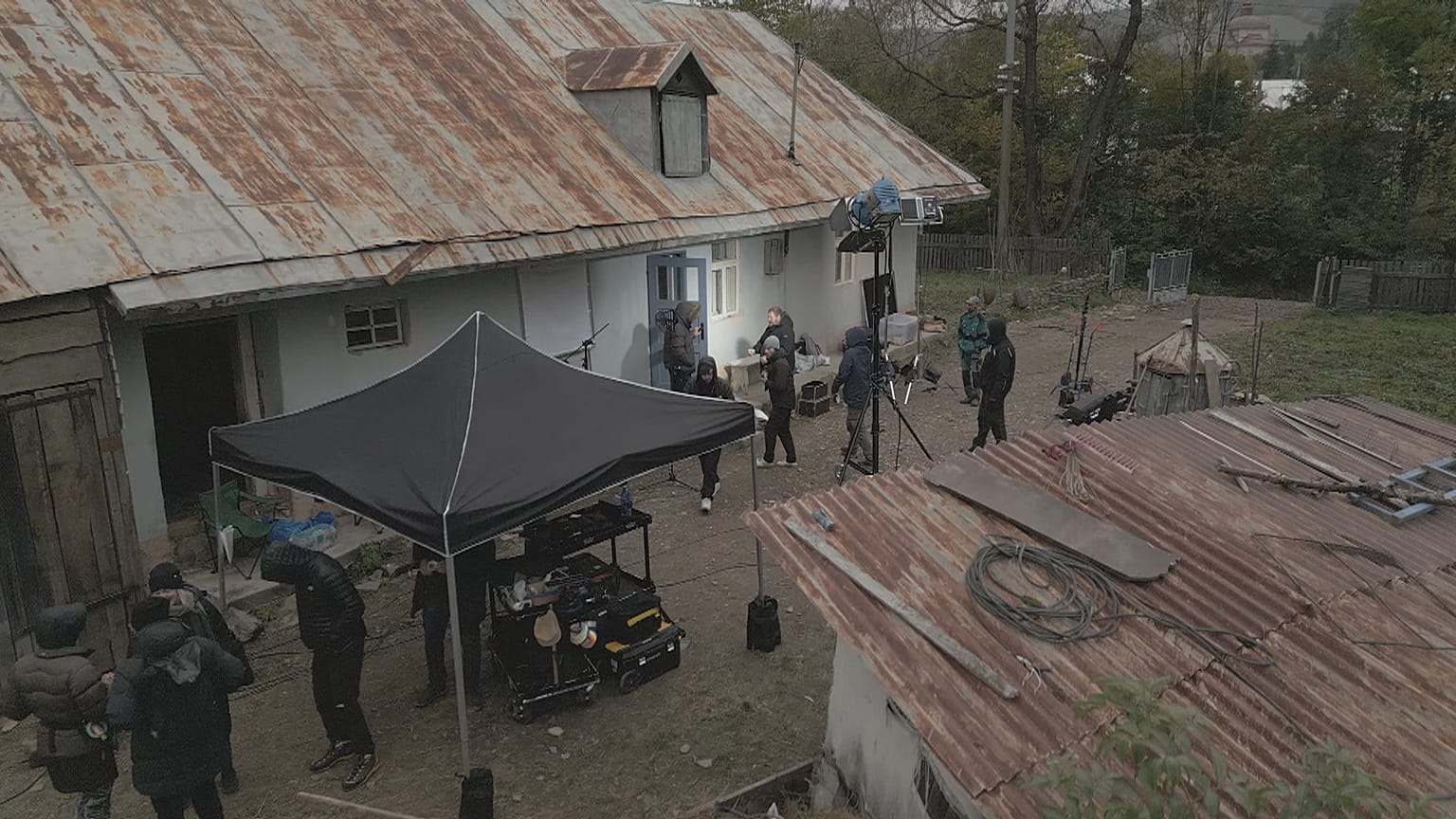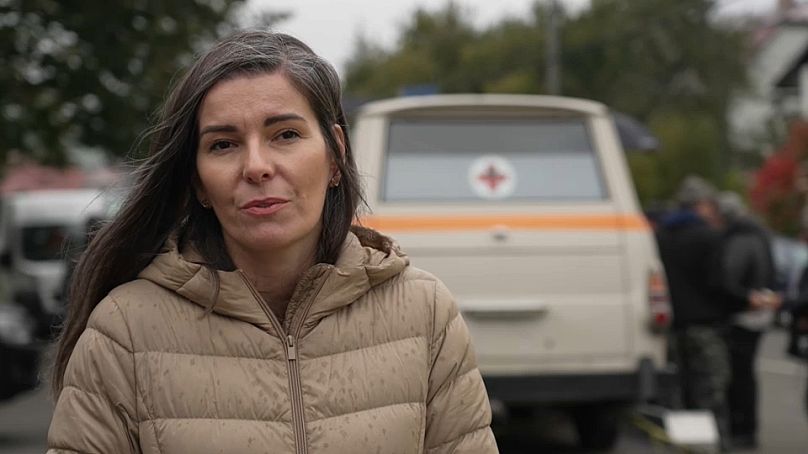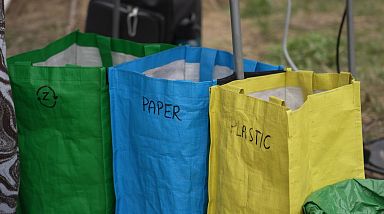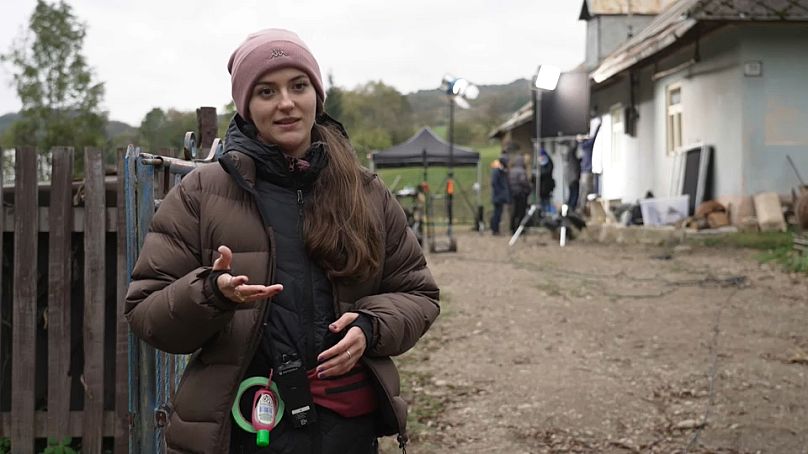In this episode of Smart Regions, we follow a film crew in Slovakia as they endeavour to reduce their carbon footprint on set.
Film crews in Europe are seeking ways to reduce the carbon footprint of a film or a TV episode. The European Green Screen project shares best practices in sustainable audiovisual production.
This pilot project, which ran from 2014-2020, has been tested in the UK, Sweden, Belgium, France, Romania, Spain, Poland and Slovakia. The partnership continues to be active in several of these countries.
How much do we pollute in the audiovisual industry?
In Čertižné in north-east Slovakia, the feature film Flood by Martin Gonda is being shot. Almost 50 people must be housed, fed and moved around with lighting and catering. The team is nomadic and committed: they follow the Green Screen project's guidelines to reduce its carbon footprint. Transport is one of the areas they are targeting.
"You can compare one average European production (feature film), to ten households in terms of the amount of CO2 that it can create (per year)," said Zuzana Bieloková, a film commissioner at the Audiovisual Slovak Film Commission.
"We prefer trains to cars or planes. And also, if it's inevitable to take cars, we try to carpool," revealed producer Katarína Krnáčová.
"The other is catering, definitely. So we try to avoid red meat and meat in general. We are trying to use props and costumes which are either rented or they are second-hand."
The total cost of Green Screen is €2.6 million, 85% of which comes from the EU Cohesion Policy and the remaining 15% from eight audiovisual companies associated with the project.
Eureca: The online tool to calculate your carbon output
Before the cameras are rolling, Green Screen holds awareness-raising meetings and advocates the use of carbon-calculating tools.
The Bratislava Film Commission, in collaboration with Propmálaga, from Spain and the Flanders Audiovisual fund, is behind Eureca, the free online instrument which helps calculate how much CO2 a film shoot is likely to produce.
"It's very simple," explained Zuzana Bieloková. "You just do these calculations. How much carbon footprint would I produce if I took the train to this destination? How much if I take the plane? if I carpool? Or how much if I go alone in the car?"
"So you can do these pre-calculations and then based on them, you can decide what is the best option for you and your film crew."
Cutting waste one water bottle at a time
On set, we meet the film crew's Green Manager, Valentína Hučková. In Slovakia, it is compulsory to have a certified Green Manager on the set to be able to request more funding.
Here, huge efforts have been made to reduce electricity use. The on-set generator has been ditched in favour of connecting to the local grid.
But small changes are just as important in reducing your carbon footprint.
"Over 32 filming days, we would have wasted up to 200 plastic bottles each day," revealed Valentína Hučková.
"By just bringing one water bottle, which is washable and reusable, we are saving the plastic waste. Same with the cups. But still with waste, it's best not to produce it at all."


















